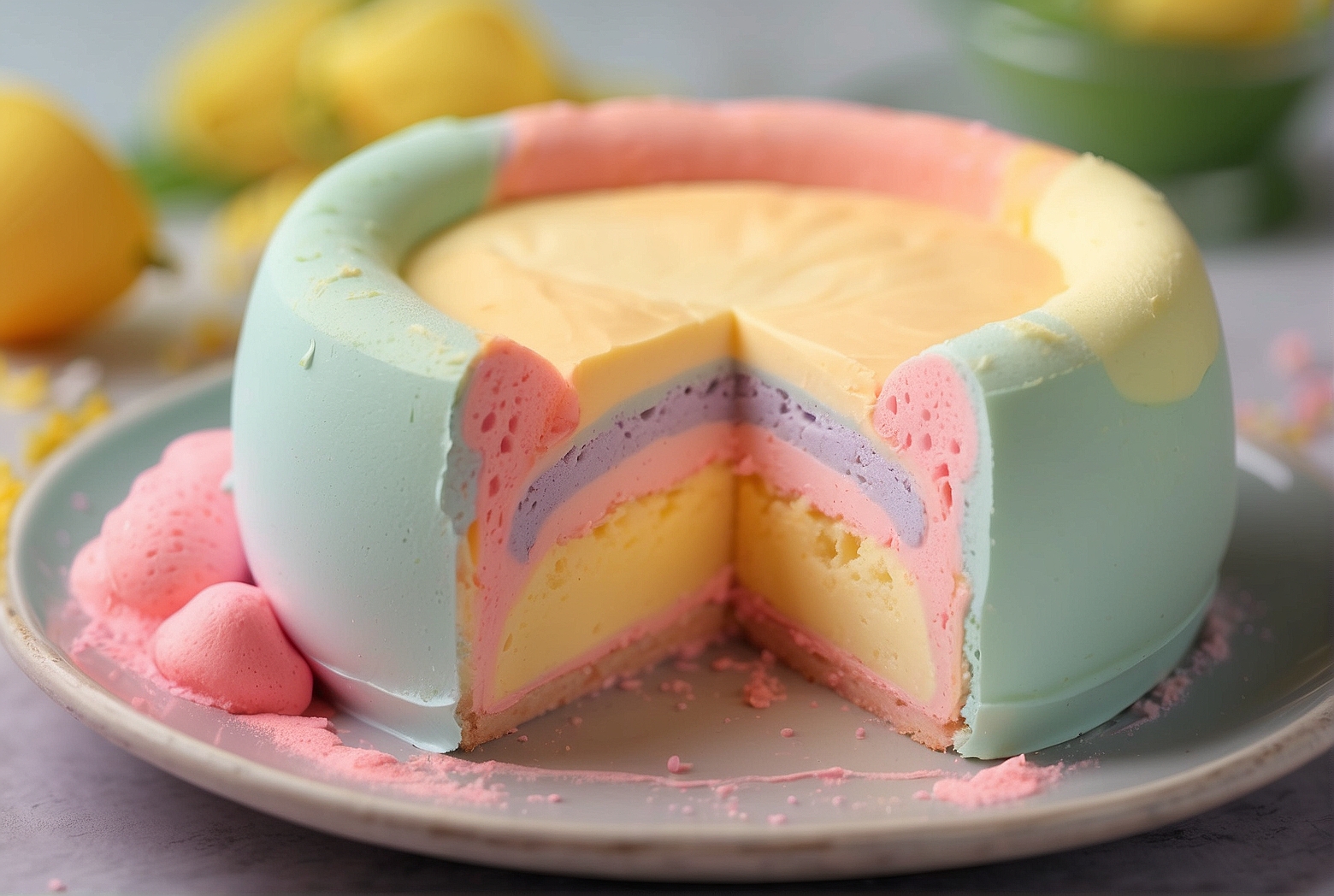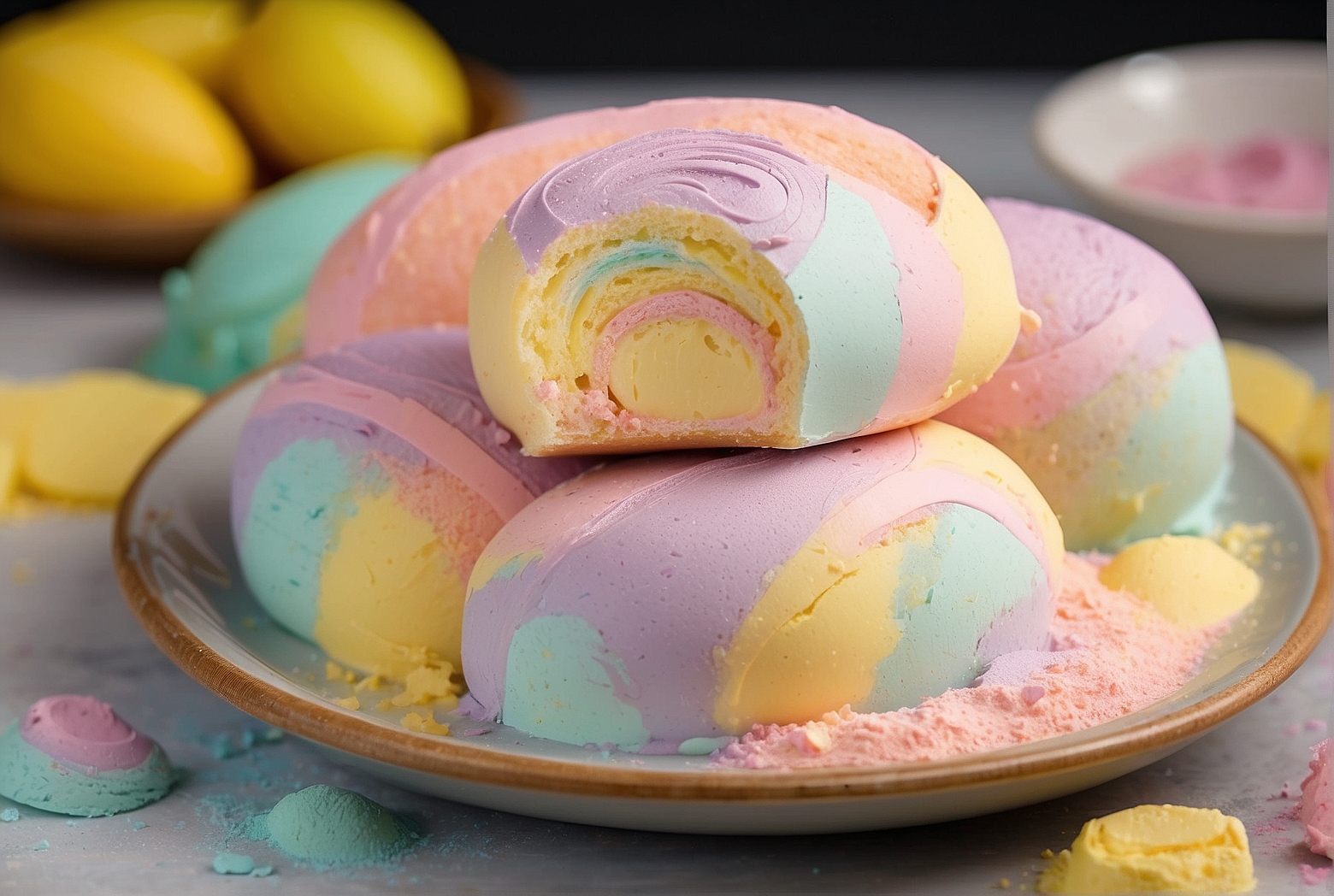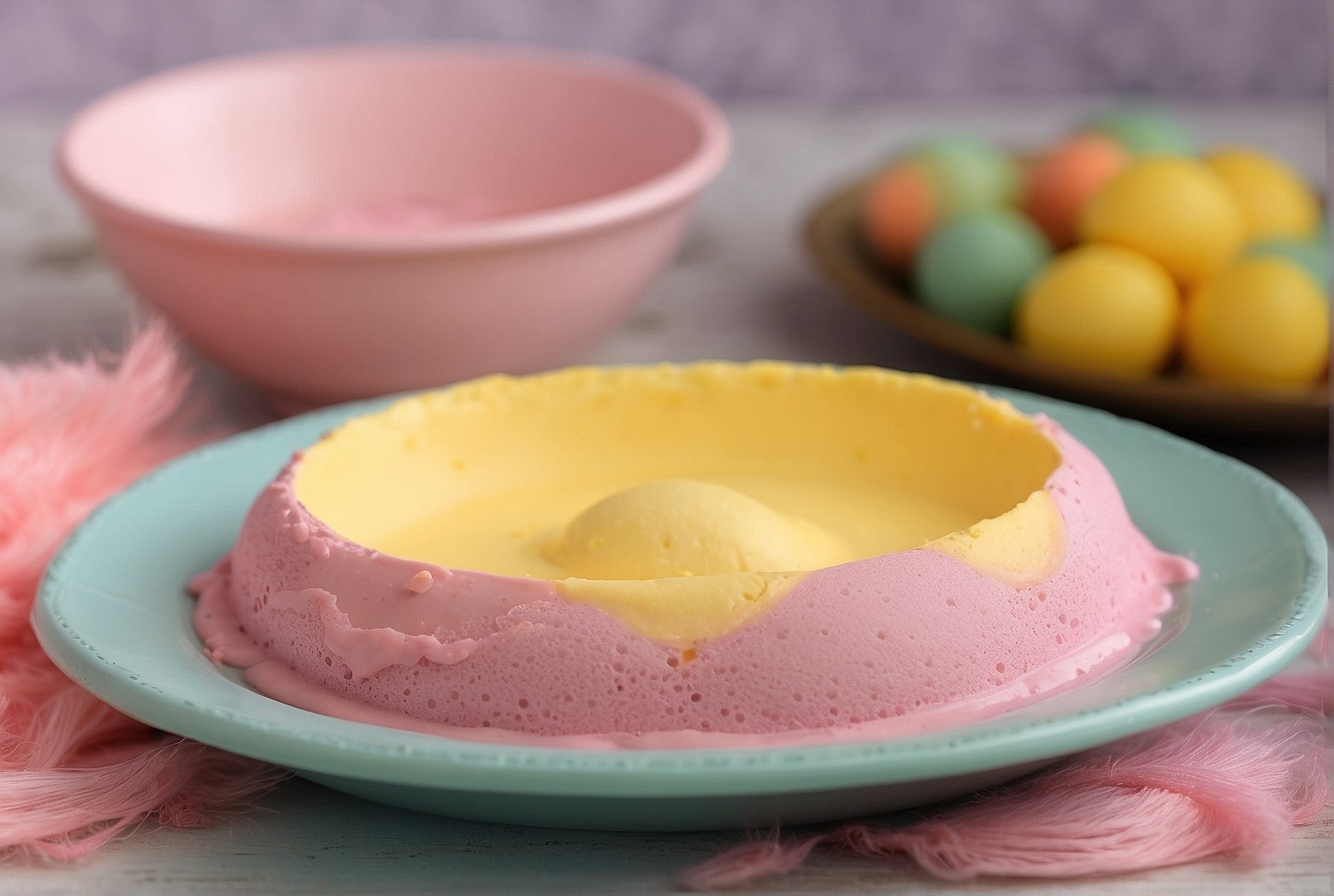Imagine yourself savoring a crispy, golden pastry filled with a delectable mix of meat, cheese, and vegetables, bursting with flavors that transport your taste buds to the vibrant streets of Brazil. Look no further, because we have the ultimate recipe for the irresistible Brazilian Pastel. From the bustling local food markets to the cozy kitchens of Brazilian households, this beloved dish is a true culinary gem. So grab your apron and get ready to embark on a culinary adventure as we guide you through the steps of creating this mouthwatering treat. Let’s dive in and discover the secrets behind this delicious Brazilian Pastel recipe together!
Ingredients
To make Brazilian pastel, you will need the following ingredients:
Flour
Flour is the main component of the dough. You can use all-purpose flour or pastry flour for best results.
Water
Water is needed to bind the dough together and create a smooth, elastic texture.
Salt
A pinch of salt adds flavor to the dough and enhances the overall taste of the pastel.
Oil
Oil is used in the dough to give it a soft and pliable consistency. Vegetable or canola oil works well.

Filling ingredients
The filling is where you can get creative! Popular options include cheese, beef, chicken, and seafood. You can also add vegetables like onions, tomatoes, and bell peppers for extra flavor and texture.
Preparation
Before you start assembling the pastel, you need to prepare the dough and filling.
Making the dough
In a mixing bowl, combine the flour, salt, and oil. Slowly add water while kneading the dough until it becomes smooth and doesn’t stick to your hands. Let the dough rest for 30 minutes to allow the gluten to relax.
Preparing the filling
Depending on the filling you choose, you may need to cook and season the ingredients beforehand. For example, if you’re making a beef filling, sauté the ground beef with onions and garlic, then season with salt, pepper, and any other desired spices.
Assembling the pastel
Divide the dough into small portions and roll each one into a thin circle. Place a spoonful of the filling in the center of each dough circle, then fold it in half and seal the edges by pressing them together with your fingers or using a fork. Repeat this process until all the dough and filling are used.
Deep Frying
Now that your pastels are assembled, it’s time to deep fry them to achieve that crispy, golden exterior.

Heating the oil
Pour enough oil into a deep frying pan or a Dutch oven to submerge the pastels. Heat the oil over medium-high heat until it reaches around 350°F (180°C).
Frying the pastel
Carefully slide a few pastels into the hot oil and fry them until they turn golden brown on both sides. Flip them occasionally to ensure even frying. Using a slotted spoon, remove the pastels from the oil and place them on a plate lined with paper towels to absorb any excess oil. Repeat this process until all the pastels are fried.
Serving Suggestions
Once your pastels are cooked to perfection, it’s time to think about how you want to serve them.
Accompaniments
Brazilian pastel is often enjoyed with a side of salsa or chimichurri sauce. You can also serve it alongside a salad or traditional Brazilian sides like feijoada (black bean stew) or farofa (toasted cassava flour).
Sauce options
If you prefer a dipping sauce for your pastel, there are plenty of options to choose from. Tomato-based sauces like ketchup or marinara work well, as do hot sauces and aioli.
Variations
While traditional Brazilian pastel fillings are delicious, it’s always fun to experiment with different flavors and options.
Vegetarian version
If you’re vegetarian, you can create a flavorful vegetarian version of pastel by using fillings like cheese, spinach, mushrooms, or even tofu. These options provide a satisfying and tasty alternative.
Sweet pastel options
For those with a sweet tooth, you can try making sweet pastels by filling the dough with fruits, such as bananas or apples, and adding a sprinkle of cinnamon and sugar. These dessert pastels are a delightful treat for any occasion.
Tips and Tricks
To ensure that your Brazilian pastel turns out just right, here are some helpful tips and tricks:
Handling the dough
To make rolling the dough easier, you can dust your working surface with flour. Additionally, keeping the dough covered with a damp cloth while working with it helps prevent it from drying out.
Ensuring a crispy pastel
To achieve a crispy pastel, make sure the oil is hot enough before frying. If the oil is not sufficiently hot, the pastel may absorb more oil, resulting in a greasy texture. Also, be sure not to overcrowd the pan as this could lower the oil temperature.
Choosing the right filling
When selecting fillings for your pastel, it’s important to consider the flavors and textures that complement each other. Experiment with different combinations to find your favorite filling options.
Storage
If you happen to have leftovers or want to make a batch in advance, here are some storage options for your Brazilian pastels.
Refrigerating leftovers
If you have leftover pastels, you can store them in an airtight container in the refrigerator for up to 2 days. When ready to eat, reheat them in the oven or microwave until warmed through.
Freezing option
To freeze your pastels, simply place them in a freezer-safe bag or container and store them for up to 3 months. When you’re ready to enjoy them, thaw them in the refrigerator overnight before reheating.
History and Significance
Brazilian pastel holds a special place in the country’s culinary history and culture. Here’s a brief overview of its origins and significance.
Origin of pastel in Brazil
The pastel is believed to have originated in China and was introduced to Brazil by Japanese immigrants in the early 20th century. Over time, it became a popular street food throughout the country.
Traditional street food
In Brazil, pastels are commonly sold by street vendors and at local fairs and festivals. They are a favorite snack for many Brazilians and are often enjoyed with friends and family in a casual and social setting.
Festivals and cultural significance
Pastels are a staple at Brazilian festivals, such as the Junina Festivals and Carnival. They are a symbol of celebration and are enjoyed alongside other traditional Brazilian dishes and treats.
Popular Brazilian Pastel Fillings
Brazilian pastels come in a variety of delicious fillings. Here are some of the most popular choices:
Cheese
Cheese-filled pastels are a classic favorite. The gooey and melty cheese pairs perfectly with the crispy dough, creating a delightful combination of flavors and textures.
Beef
Beef fillings, often seasoned with onions and garlic, provide a savory and satisfying option. The meat becomes tender and flavorful as it cooks inside the pastel.
Chicken
Chicken fillings, whether cooked with a creamy sauce or seasoned with herbs and spices, are a popular choice for those who prefer a lighter option. The juicy chicken pairs well with the crispy crust.
Seafood
For seafood lovers, pastels filled with shrimp, crab, or fish are a real treat. The delicate flavors of the seafood, combined with the crispy shell, create a mouthwatering experience.
Final Thoughts
Brazilian pastel is a delightful and versatile dish that can be enjoyed with friends and family. Whether you stick to the traditional fillings or get creative with your own combinations, it’s a snack that is sure to please. So gather your loved ones, try out different flavors, and savor the unique taste of Brazilian pastel. Happy cooking!
